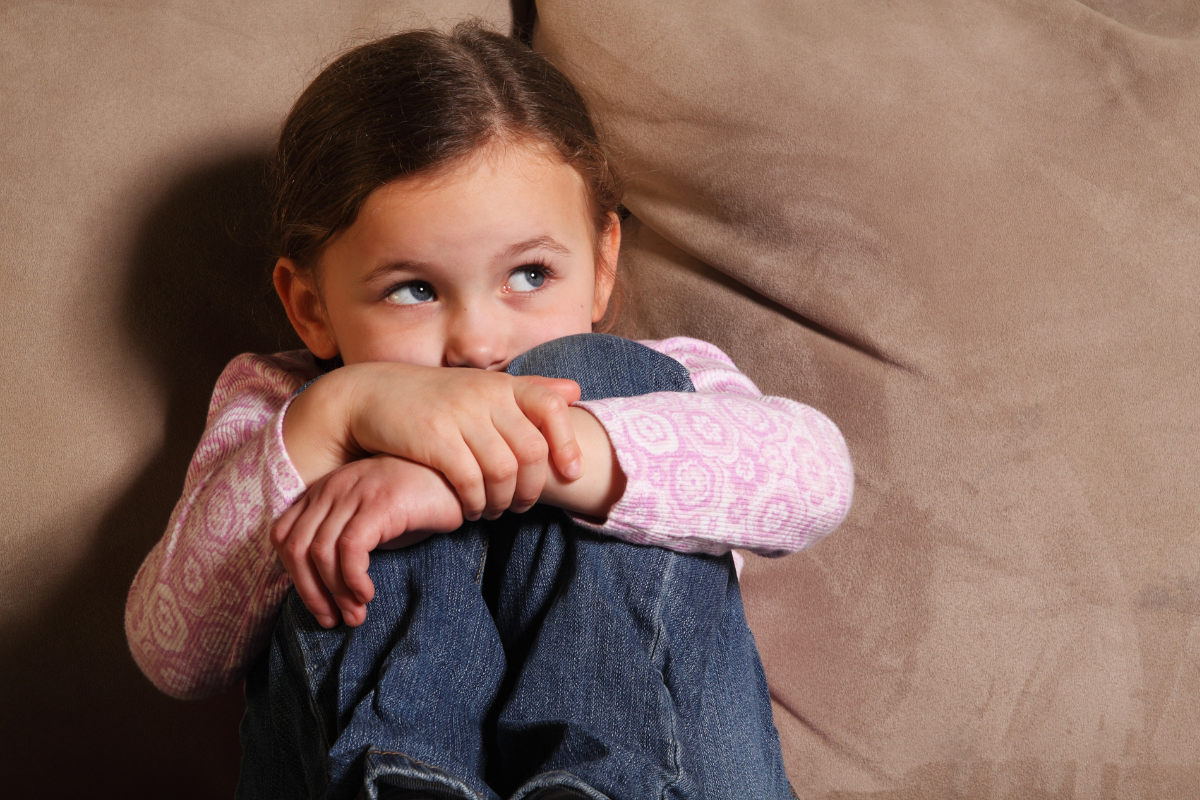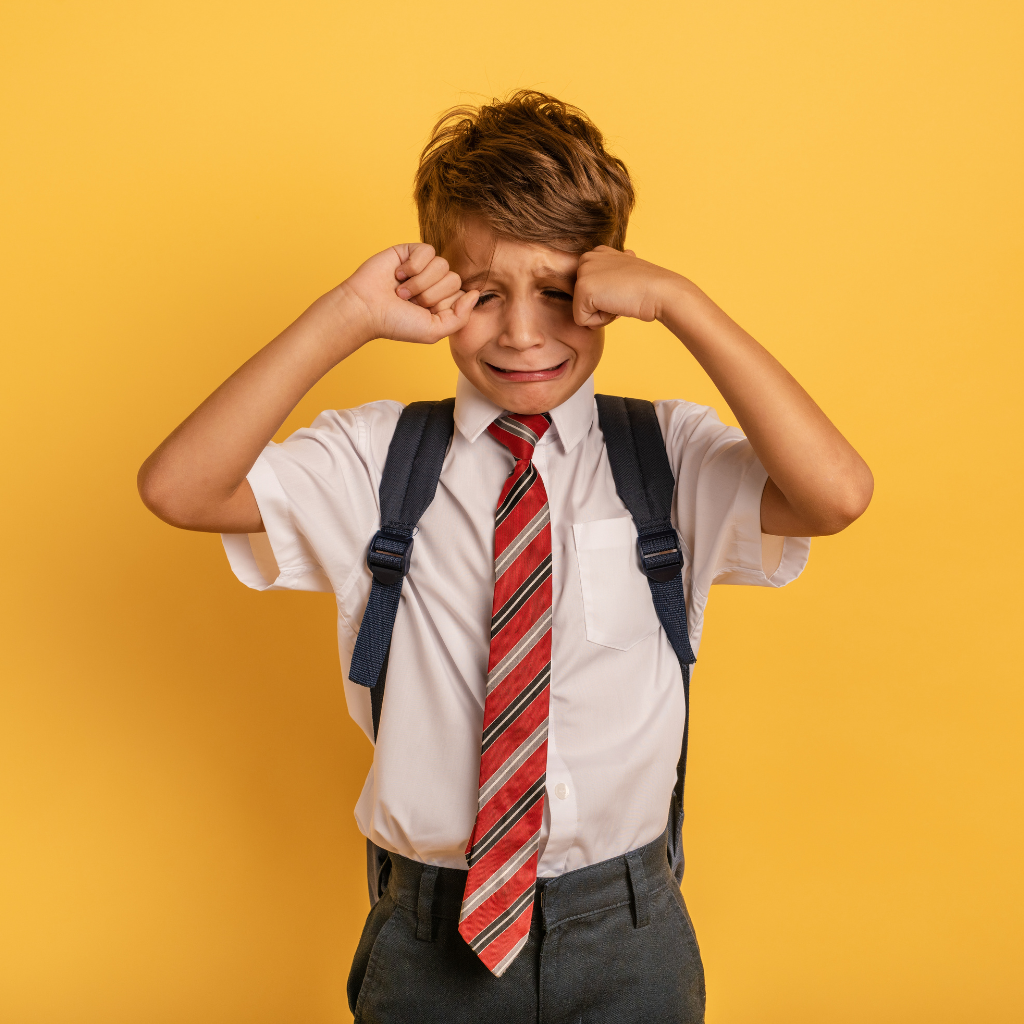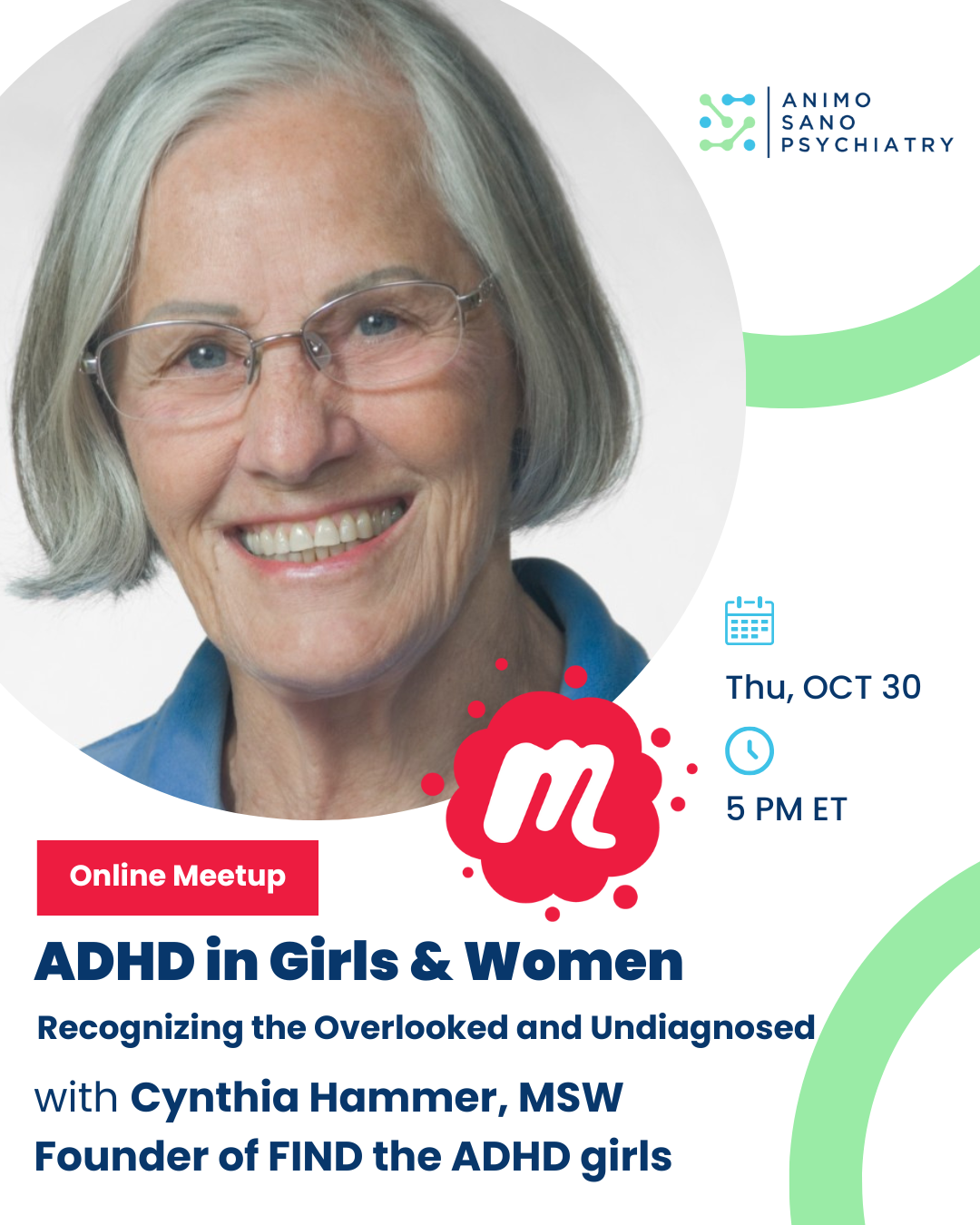How Panic Attacks In Children Can Obstruct Their Mental Growth — Symptoms, Impacts, And What Helps

Stefanie Solomon

Panic attacks are more than a sudden burst of fear. In children they can quietly derail learning, social confidence, and emotional development — sometimes long before anyone realizes what’s happening.
What is a Panic Attack in Children? What are the Symptoms?
A panic attack is an abrupt surge of intense fear or discomfort that reaches a peak within minutes and includes physical symptoms (racing heart, shortness of breath, dizziness, stomach pain) and cognitive symptoms (overwhelming fear, feeling out of control). In children these episodes often present with prominent somatic complaints (headaches, stomachaches), refusal to go to school, or sudden avoidance of activities that previously felt safe. Younger children may not name the fear as “panic”; they describe sensations or insist they feel sick.

How Panic Attacks Obstruct Mental Growth
Panic attacks can quietly interfere with a child’s development in multiple ways:
1. Interrupting Learning And Executive Functioning
Anxiety affects working memory, attention, and processing speed — the very skills children rely on to learn. When panic episodes happen often, concentration falters, schoolwork suffers, and learning gaps widen. Research has linked childhood anxiety to lower academic achievement across reading and math.
2. Causing School Avoidance
Panic can lead to school refusal, where children resist the very environment that fosters growth. Absenteeism interrupts lessons, peer interactions, and routines, often resulting in declining grades and isolation. Without help, school avoidance can become a long-term barrier.
3. Weakening Emotional Regulation
Frequent panic trains the brain to expect danger in safe settings. This makes everyday stressors feel overwhelming and hinders the development of emotional regulation — a crucial skill for resilience.
4. Narrowing Social Growth
Children who avoid activities because of panic miss out on friendships and social practice. Over time, this can harm self-esteem and identity, making them feel different or incapable. Such withdrawal is linked to difficulties in future relationships and work.
5. Raising Risk For Other Conditions
Untreated panic and anxiety increase the likelihood of later depression, substance use, and functional impairment.
Evidence-Based Approaches That Protect Development
Cognitive-Behavioral Therapy (CBT)
CBT is the gold-standard therapy for child panic attacks. It helps children recognize anxious thoughts, practice facing fears in small steps, and learn coping tools like breathing and grounding techniques.
Medication When Needed
For severe or persistent panic attacks, selective serotonin reuptake inhibitors (SSRIs) may be considered — often in combination with CBT. These medications are effective in many children, but decisions should always be made carefully with a psychiatrist or pediatrician.
Family And School-Based Strategies
Parents play a key role. Reducing excessive reassurance and encouraging gradual independence helps children build coping confidence. At school, accommodations like phased re-entry, counselor check-ins, and temporary workload adjustments keep children engaged while treatment takes effect.
Practical Steps Parents And Teachers Can Try Today

- Validate The Experience. Say: “That sounds terrifying — I believe this is real for you,” which reduces shame and increases willingness to try offered help.
- Keep Routines Stable. Sleep, meals, and consistent schedules lower physiological vulnerability to panic.
- Use Graded Exposure. Break feared situations into small, manageable steps and celebrate small successes.
- Teach Simple Coping Tools. Belly breathing, grounding (5-4-3-2-1), and slow-paced activities before tasks can reduce acute physiological arousal.
- Partner With School. Request reasonable accommodations while working toward full participation (for example, a phased return to class).
- Seek Professional Evaluation when panic is frequent, causing missed school, or when safety becomes a concern.
Frequently Asked Questions (FAQs)
Q: What Does A Panic Attack Look Like In A Child?
A: Rapid heart rate, shortness of breath, dizziness, stomach pain, intense fear, and sudden avoidance of situations. Younger children may complain of tummy aches or insist they are “sick.”
Q: Are Panic Attacks Common In Children?
A: Anxiety disorders are common — around 11% of U.S. children (ages 3–17) have diagnosed anxiety. Panic disorder affects a smaller percentage (roughly 2–3% of adolescents), but many children experience impairing panic-like episodes.
Q: Can Panic Attacks Permanently Harm A Child’s Development?
A: Untreated, recurrent panic and avoidance can seriously disrupt learning, social skills, and emotional regulation, increasing risk for later problems. However, evidence-based treatments (CBT ± medication) significantly reduce symptoms and improve functioning, especially when started early.
Q: What Helps Most — Therapy Or Medication?
A: CBT is first-line. For moderate or severe cases, combining CBT with an SSRI is often the most effective approach. Treatment should be individualized by a specialist.
Final Thoughts
Panic attacks in childhood are not a short-lived nuisance — they can shape what a child learns about themselves and the world. The good news: with early recognition, practical support at home and school, and evidence-based treatment, most children recover their footing and continue to grow. If a child is avoiding school, losing skills, or visibly frightened, reach out to a pediatrician, school mental-health provider, or child psychiatrist — prompt help protects development and preserves opportunities for learning and connection.
Responsibly edited by AI
Other Blog Posts in
Animo Sano Psychiatry is open for patients in North Carolina, Georgia and Tennessee. If you’d like to schedule an appointment, please contact us.
Get Access to Behavioral Health Care
Let’s take your first step towards. Press the button to get started. We’ll be back to you as soon as possible.ecovery, together.




